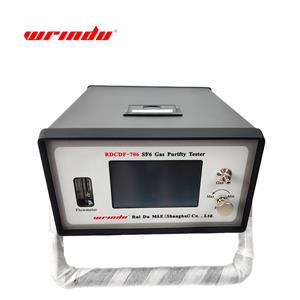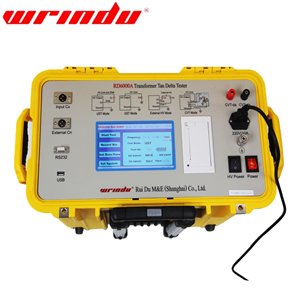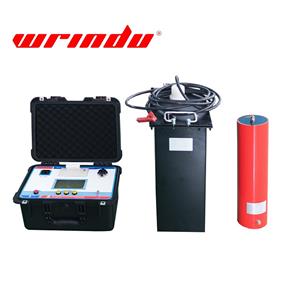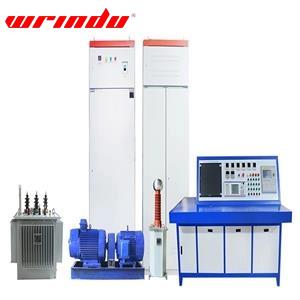People also ask about ac impedence and dc impedence
Questions about ac impedence and dc impedence
What is the difference between ac impedence and dc impedence?
What is the relationship between ac impedence and dc impedence?
How do you convert dc resistence to ac resistence?
Are impedence and resistence the same?
How to measure dc resistence with a multimeter?
What is the difference between ac impedence and dc impedence?
The key difference between AC impedance (Z) and DC impedance lies in how they account for resistance and reactance under different types of electrical signals (alternating current vs. direct current). Here's a breakdown:
DC Impedance
Definition: In a DC (Direct Current) circuit, the impedance is simply the resistance (R) of the component (e.g., resistor, wire).
Behavior:
DC signals have a constant voltage/current (no frequency, ).
Inductors act as short circuits (no inductive reactance, ).
Capacitors act as open circuits (no capacitive reactance, ).
Formula:
Example:
A resistor’s DC impedance is just its resistance (e.g., 100 Ω).
An inductor in DC behaves like a wire (impedance ≈ 0 Ω).
2. AC Impedance (Z)
Definition: In an AC (Alternating Current) circuit, impedance includes resistance (R) and reactance (X) due to frequency-dependent effects from inductors (L) and capacitors (C).
Behavior:
AC signals vary with time (frequency ).
Inductors introduce inductive reactance ().
Capacitors introduce capacitive reactance ().
Formula:
(where is the imaginary unit)
Phase Shift: AC impedance also causes a phase difference between voltage and current.
Example:
A 10 mH inductor at 1 kHz has .
A 1 µF capacitor at 1 kHz has .
3. Key Differences
| Feature | DC Impedance | AC Impedance |
|---|---|---|
| Components | Only resistance () | Resistance + Reactance () |
| Frequency | (no effect) | (critical) |
| Inductor | Short circuit () | |
| Capacitor | Open circuit () | |
| Phase | No phase shift | Voltage/current phase shift |
What is the relationship between ac impedence and dc impedence?
The relationship between AC impedance (Z) and DC impedance is fundamental in understanding how circuits behave under different electrical signals. Here’s a concise breakdown of their connection:
Core Relationship
DC impedance is a subset of AC impedance:
Inductive reactance ().
Capacitive reactance ().
AC impedance () generalizes to DC impedance () when frequency () approaches zero:
Resistance () is common:
The resistive component () is present in both AC and DC regimes, representing energy dissipation.
How do you convert dc resistence to ac resistence?
To convert DC resistance (Rdc) to AC resistance (Rac), we must account for two key phenomena that increase resistance in alternating current (AC) systems:
Skin Effect (ys) – Current tends to flow near the conductor's surface at high frequencies, reducing the effective cross-sectional area.
Proximity Effect (yp) – Nearby conductors carrying AC current induce uneven current distribution, further increasing resistance.
Conversion Formula
The AC resistance is calculated by adding correction factors for skin and proximity effects to the DC resistance:
where:
= AC resistance (Ω/m or Ω/ft)
= DC resistance (Ω/m or Ω/ft) at maximum operating temperature
= Skin effect correction factor
= Proximity effect correction factor
Steps to Calculate AC Resistance
Determine DC Resistance (Rdc)
Measure or calculate the conductor’s DC resistance at its maximum operating temperature.
For copper or aluminum conductors, refer to standard resistivity tables.
Calculate Skin Effect Factor (ys)
= Permeability of the conductor (H/m)
= Resistivity (Ω·m)
Depends on frequency (f), conductor material, and diameter (D).
For round conductors:
where:
Calculate Proximity Effect Factor (yp)
Depends on conductor spacing, frequency, and material.
For parallel conductors:
where = center-to-center spacing between conductors.
Compute AC Resistance (Rac)
Apply the correction factors:
Key Observations
At low frequencies (e.g., 50/60 Hz power lines), skin and proximity effects are small, so .
At high frequencies (e.g., RF, high-power transmission), can be significantly higher than .
Are impedence and resistence the same?
Key Differences
| Aspect | Resistance (R) | Impedance (Z) |
|---|---|---|
| Signal Type | Only applies to DC. | Applies to AC (or transient signals). |
| Components | Pure real value (no phase shift). | Complex value: (real + imaginary). |
| Frequency Dependence | Independent of frequency. | Depends on frequency (due to reactance ). |
| Phase Effects | No phase difference between voltage/current. | Causes phase shift (due to reactance). |
| Energy Dissipation | Always dissipates power (). | May store/release energy (if reactance dominates). |
Mathematical Relationship
Impedance generalizes resistance by adding reactance ():
where:
= Resistance (real part, dissipates energy).
= Reactance (imaginary part, stores/releases energy):
Inductive reactance () → Opposes AC via magnetic fields.
Capacitive reactance () → Opposes AC via electric fields.
Special Cases
Pure DC () → , , so .
Pure AC with no resistance → (e.g., ideal inductor/capacitor).
How to measure dc impedence with a multimeter?
In order to meet the needs of fast measurement of transformer DC resistance, our company developed RDZR-20A DC Resistance Tester. The instrument adopts new power supply technology, which has the characteristics of small volume, light weight, large output current, good repeatability, strong anti-interference ability, perfect protection function and so on. The whole machine is controlled by high-speed single-chip microcomputer, with high degree of automation, automatic discharge and discharge alarm function. The instrument has the advantages of high precision and easy operation, and can realize the fast measurement of transformer direct resistance.
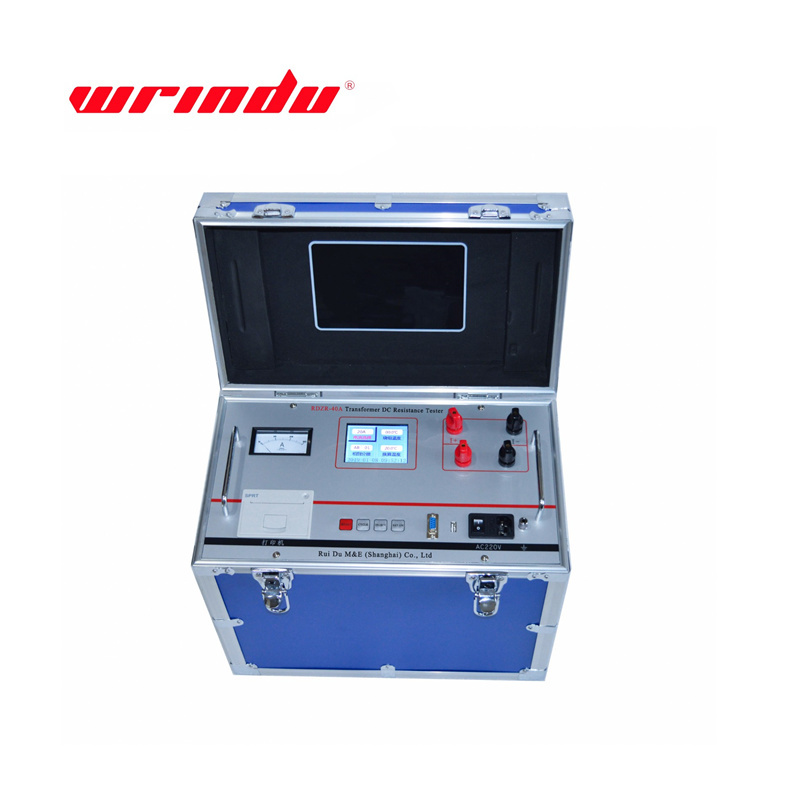
Click here to learn more about Transformer DC Resistance Tester.

